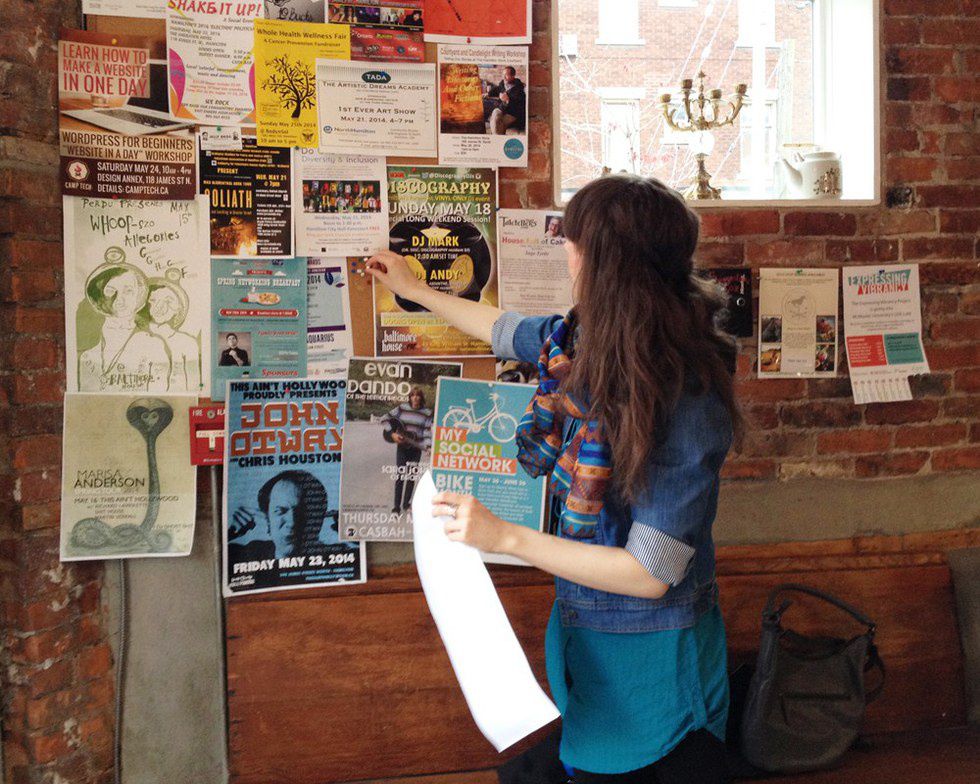Upon arriving at the airport in Nassau, Bahamas in December, my family and I were greeted with the same fervor and sincerity from each of the employees telling us, “Welcome to the Bahamas!” Everyone at the resort was incredibly considerate and genial.
Most of the resort staff with whom we talked seemed excited and eager to attend Junkanoo downtown, one of the most popular celebrations in the Bahamas. As my family and I lounged on the beach, a friendly resort security officer approached us and started chatting about Junkanoo. You could see the excitement and pride with which he spoke of it and how he welcomed and encouraged visitors to join in the cultural celebration.
Other employees also walked along the beach mentioning it to the guests and inviting them to join in on the festivities. While different people had different views of Junkanoo, as we discovered by chatting with locals and fellow visitors, it seems to be an event primarily attended by the younger generations, as the resort security officer had mentioned. Downtown Nassau would host one of the largest Junkanoo celebrations.
Though Junkanoo is celebrated in cities across the Bahamas, it was previously celebrated in North Carolina as well. Historically, it is said to have been celebrated in New Bern, North Carolina in the 1800s and named after John Canoe, who was allegedly an African prince who beat the English and was lionized by the slaves, though not much about him is entirely known. Junkanoo almost disappeared with the abolishment of slavery, but revivals restored the festivity in the Bahamas and in New Bern, North Carolina.
Junkanoo takes place on Boxing Day (Dec. 26) and on New Year’s Day (Jan. 1). It involves a parade, and dance and music contests. Dancers and musicians prepare for months for the special nights. Slaves in the British colonies were given three days off for the Christmas season, during which celebration ensued and participants would fashion costumes out of whatever materials were available, such as feathers and paper. Today, in continuing with the tradition, costumes are made out of materials including crepe paper and cardboard. During the celebration, participants would beat drums made out of goatskin, ring cowbells and send the sounds of whistles and horns into the night. For the slaves, this was also a time to celebrate other events from the year, such as birthdays or marriages.
Junkanoo is also celebrated in places such as Jamaica and West Africa. Though the Bahamas might be mainly known as a vacation destination, Junkanoo has become a major cultural celebration in which locals and visitors alike celebrate life and freedom.


















